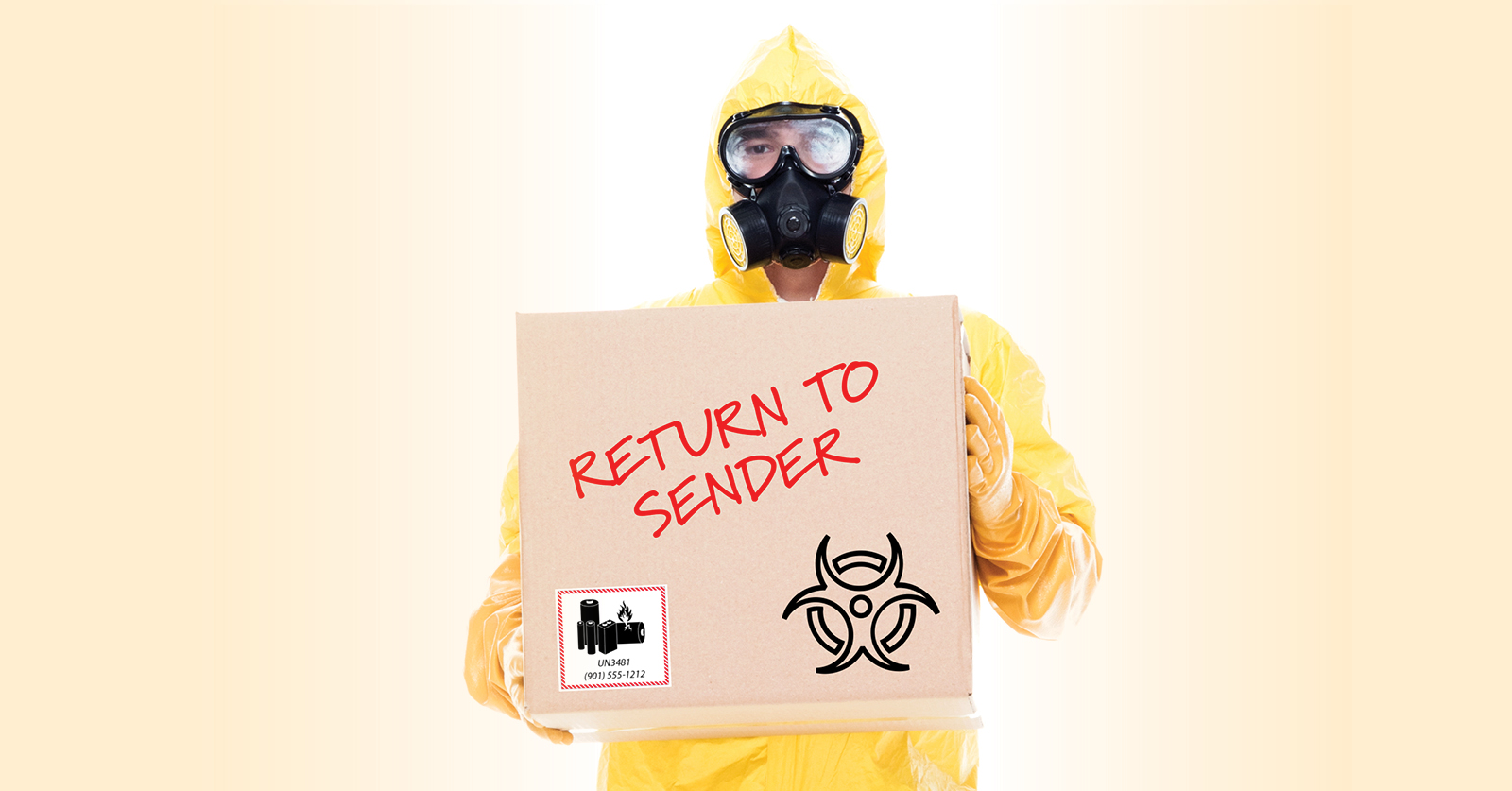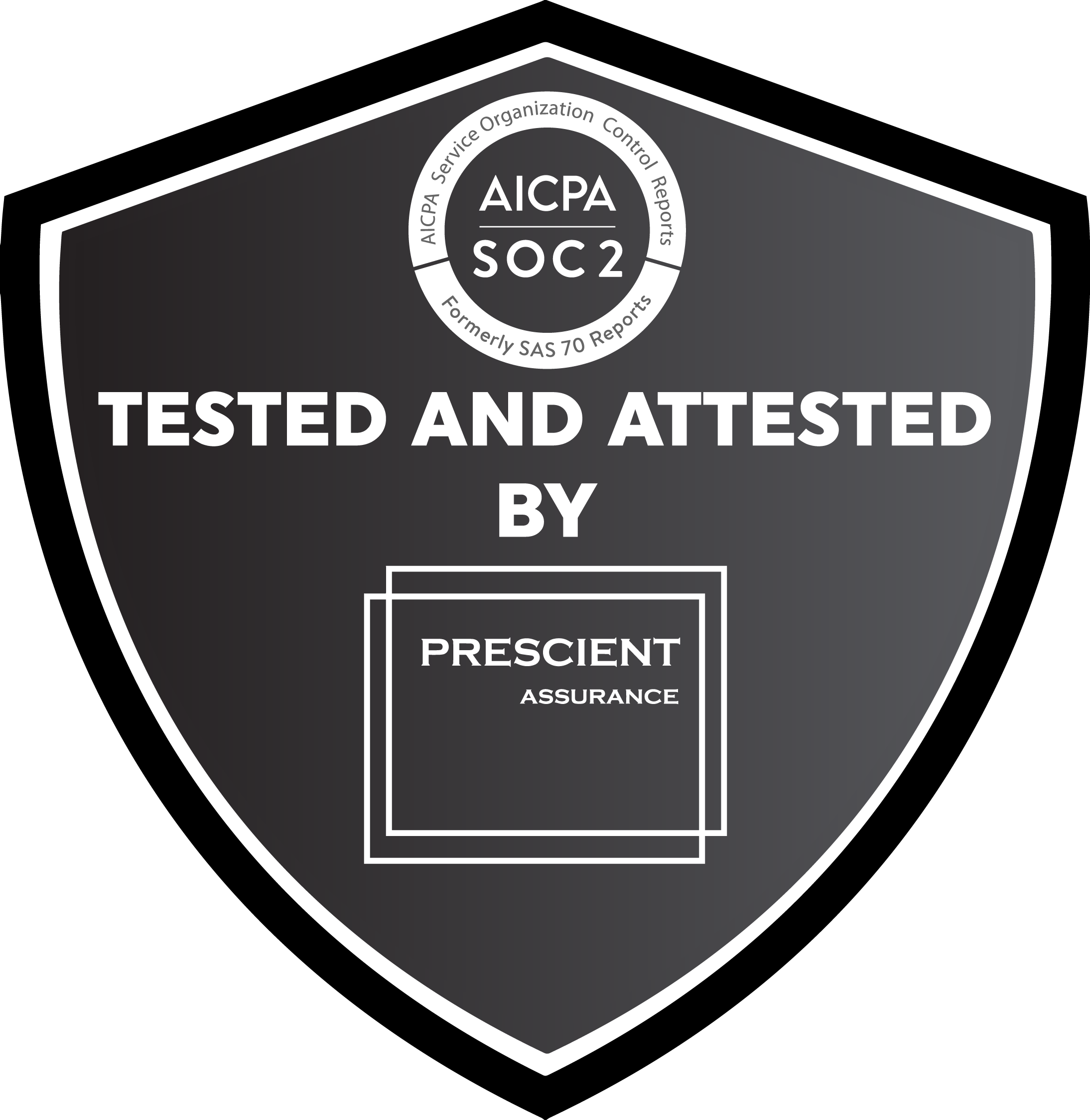Many Happy Returns: What You Need to Know about Hazardous Material Returns

Dangerous Goods returns require an education of the rules and regulations - is your business in the know?
Written by Clint Boaz, Senior Sales Engineer and Shipping Expert at ProShip, Inc.
With unprecedented e-commerce sales over the past year, the flow of the supply chain has never been more important. Inevitably, as more products ship, more also need to be returned – with 2020 showing more than $428 Billion in merchandise returned. Of that returned, $428 billion in merchandise, certainly the most complex and difficult to handle is hazmat returns.
While most people think of hazmat as primarily industrial materials, our most recent episode of the ProShip ParcelCast podcast shared that hazmat and dangerous goods can be identified as many common items. [Listen here: [ProShip Parcelcast] Episode 8: Do This, Not That: Dangerous Goods Shipping 101]. It’s also important to note that it is the shipper’s responsibility to comply with the proper rules and regulations. In the return scenario, the shipper is the consumer and they are being held to the same standards as the companies who authorize the return (hint: that’s probably you!).
Key information on how to handle hazmat/dangerous goods returns
With peak on the horizon for 2021, it is critical that businesses assess if they are prepared to handle these hazmat returns.[Read the Blog: Many Happy Returns: What You Need to Know About Hazardous Material Returns] They should not only know the rules around hazmat shipments but should be able to instruct consumers on the easiest way to follow all those rules. They should also be aware which carriers allow hazmat returns. Some key information for determining what kind of hazmat items can be processed by certain carriers comes from the carrier policies.
As far as national carriers, both UPS & FedEx explicitly state what can and cannot be shipped using their returns services. UPS notes on page 9 of their Service Guide, “Hazardous Materials or Dangerous Goods packages, pallets requiring shipping papers and packages containing firearms cannot be retrieved via UPS Returns Services. Biological substances and dry ice can be retrieved via UPS Returns Services. No other restricted or prohibited articles may be retrieved with UPS Returns Services. Refer to ups.com/terms for value limits on UPS Returns Services shipments.” They also have a dedicated support center for questions on Hazardous Materials. FedEx shares a similar statement on page 142 of their Service Guide, “Shipments containing dangerous goods are not eligible for FedEx Express return options, except dry ice, which may be shipped using the FedEx Print Return Label and the FedEx Email Return Label.”
Since the hazmat regulations require the person preparing a dangerous goods shipment to complete it in full compliance, this may eliminate a vast portion of the shipper’s catalog from qualifying to be returned by a consumer easily. As the carrier policies are quite restrictive, it is important to note which items can be returned. For example, things like consumer electronics containing small lithium ion batteries and household cleaners in limited quantities are examples of items that can be returned relatively easily, because they don’t require shipping papers, have less stringent packaging and marking requirements, and don’t require a dangerous goods contract with the carrier. Labelmaster Director, Regulatory Affairs & Corporate Responsibility Brian Beetz, shares that, “Compliance gaps on returns can destroy a company’s bottom line in a hurry due to hefty fines and loss of business, but this can be avoided with careful planning. That’s why it’s so important for companies to have well-defined processes and procedures in place for hazmat reverse logistics”. Once a hazmat return carrier has been identified, there are several issues that can come up for shippers that can be avoided with careful planning.
Proper Packaging
Returned packages that include dangerous goods items must still be prepared according to regulations with proper packaging, paperwork, and markings. Companies that can expect to receive dangerous goods items as a return need to account for some way for the consumer to follow these guidelines. This can be a challenge - the consumer may not have kept the original packaging in which they received the item. Also, a home printer (if the consumer even has one) may not be capable of producing the markings with appropriate color, size, and durability that the regulations require. In sum, you cannot achieve the proper labeling with an inkjet printer on printer paper. Hint: This is why hazmat shipping software expert, Labelmaster, sells hazmat labels that already meet these strict design and durability requirements. In some cases, it may be necessary and easiest to send the consumer a “return kit” that has proper packaging and markings included.
In my own experience, I recently ordered something from Amazon that had a lithium battery in it and had to return it. The electronic instructions from Amazon included an image of the Lithium Battery sticker (a recognizable red and white mark) with instructions to only print in color. I don’t own a color printer, which presented a challenge in following the return instructions.
Damaged, Defective, and Recalled Products
Another issue that can complicate hazmat returns is the shape the product is in. For example, if lithium ion batteries are damaged, it can affect the way that they need to be handled and shipped. Specific packaging is required for these shipments including enhanced inner packaging to mitigate any hazards in transport, as well as detailed language for labeling and markings. [Also Recommended: Living Dangerously: Demystifying Hazmat Shipping]
Proper Handling and Storage for Returned Dangerous Goods
Companies will need to have a process for receiving dangerous goods back at their facility for proper handling and storage. It may also be necessary to have a single designated facility to which all hazmat returns must go. If some items may not be shippable by the consumer or if it’s not advisable, then they may need to be directed to a drop off location for proper handling – i.e. the company’s retail store location or a certified pack-and-ship location.
How ProShip and Labelmaster can help simplify your hazmat returns process
ProShip recognizes that for consumers, returning any item should be relatively simple. Without providing some guidance on what’s required or how to ship a return, an exasperating return experience could lose a customer and give them the push to go to your competitor. One key concept that can keep the process simple is education. Education for your business to understand how to properly prepare for hazmat returns and education for how to adequately pass that information on to consumers. ProShip has partnered with an expert in the field of hazmat shipping to take on that educational component – Labelmaster. [Learn more with ProShip’s Hazmat Process Model] An educated and compliant hazmat program will help you receive returns from consumers safely and quickly, keeping them happy and loyal to your business.

Let's supercharge your parcel shipping strategy today
Ready to learn more about ProShip multi-carrier shipping software and add-on technologies like Labelmaster? Schedule a discovery call with one of our shipping experts to hear how ProShip makes your complex shipping challenges simple and cost-effective.

